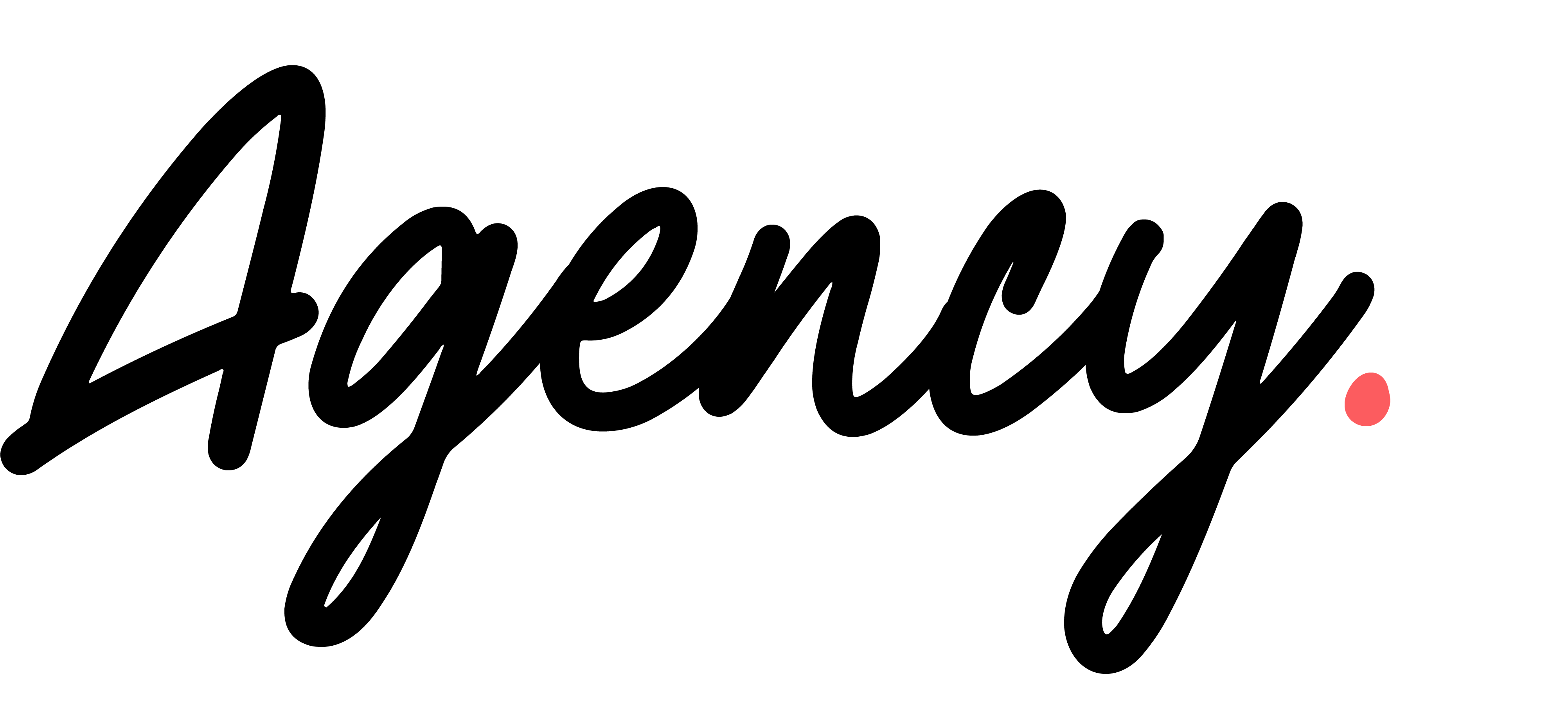How to Design an App that Stands Out in a Crowded Market
- Kitti Derda

- Mar 22
- 3 min read
In the ever-evolving digital landscape, mobile applications play a vital role in our daily routines. With over 2.8 million apps available on the Google Play Store alone, it's more important than ever for developers and designers to create applications that truly capture user interest. This post discusses practical strategies for designing an app that stands out in a very crowded market.
Understand Your Audience

Understanding your target audience is essential to creating an app that resonates with users. Surveys, user interviews, and activity tracking can help you identify what potential users want. For instance, a survey may reveal that 70% of potential users prefer intuitive navigation. This insight should guide your design decisions to ensure the app meets user expectations and provides real value.
Take, for example, a fitness app targeting busy professionals. Research may show that these users prefer quick and efficient workouts. Designing features like 15-minute high-intensity workouts or a personalized meal planner can cater directly to their needs, thereby increasing downloads and user retention.
Focus on User Experience
User experience (UX) directly impacts how users interact with your app. A smooth, intuitive design encourages users to keep coming back. Research shows that users are 88% less likely to return to a website after a bad experience. This applies to apps as well.
Make it effortless for users to navigate. Limit the steps required to complete actions. If a user can find what they need in two taps instead of five, they are more likely to engage. For instance, consider the popular mobile banking apps that allow users to check balances or transfer funds within just a few taps.
Unique Features and Functionality
To grab attention, integrate unique features that distinguish your app from the competition. Creativity is key. Implement gamification elements, like daily rewards for completing tasks, to keep users engaged. For instance, a meditation app could offer users badges for 10 consecutive days of practice, driving regular usage.
Also, adding personalized content can significantly enhance user engagement. If your app regularly suggests articles or features based on user preferences, engagement rates could increase by up to 40%, according to industry studies.
Aesthetic Appeal
Visual design is a major factor in attracting users. Bold colors, clean typography, and compelling visuals can create an immediate positive impression. Ensure that your app's design elements are consistent. A 2019 study revealed that 94% of first impressions are design-related.
An example is a meal delivery service app that uses mouth-watering images of food. This aesthetic appeal not only captures attention but also encourages users to explore meal options. Offering a visually engaging experience can lead to higher user satisfaction and ultimately boost app store ratings.
Optimize for Performance
An app that lags or crashes will quickly lose users. Fast load times and smooth functionality are essential. Studies indicate that 53% of users will abandon an app if it takes longer than three seconds to load.
Conduct thorough testing to identify and resolve issues before launch. Regular updates based on user feedback can vastly improve performance. For example, a weather app that quickly updates with accurate forecasts based on user location can enhance reliability and attract more users.
Effective Marketing Strategy
No matter how well-designed, an app can struggle without a strong marketing strategy. Start creating buzz with teaser campaigns and partnerships with influencers to generate excitement before launch. After launch, keep the momentum going with promotions or user engagement campaigns.
Encourage user reviews and feedback. Apps with higher ratings are more likely to be downloaded. Data from the app store shows that apps with at least a 4-star rating can see an increase in downloads by up to 376%.
Final Thoughts
Designing an app that stands out in a competitive market requires a thorough understanding of your audience and a focus on user experience. By integrating unique features, optimizing performance, and implementing an effective marketing strategy, developers can create an app that not only attracts users but retains them. While the app development landscape is filled with challenges, with dedication and insightful design choices, success is within reach.





Comments